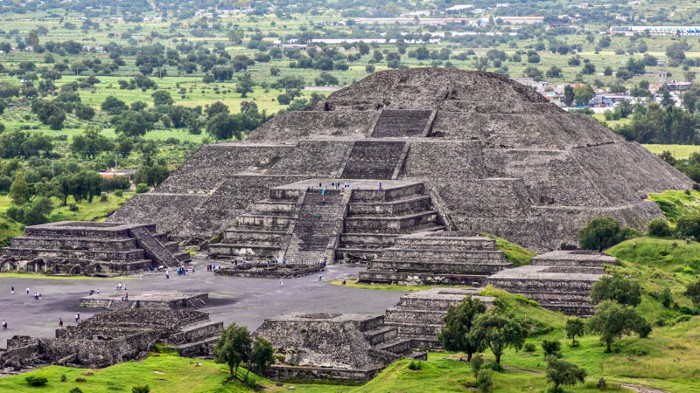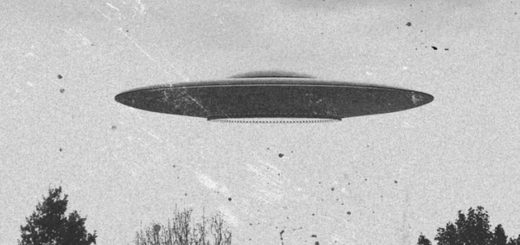Secret cave lies hidden below the enormous ‘Moon Pyramid’

The natural cavern might have inspired the layout of Teotihuacan, one of the biggest cities in the ancient world.
A secret cave hidden underneath a Mexican pyramid offers clues about the urban design of Teotihuacan, one of the largest and most vibrant cities of ancient times.
Located about 80 kilometres outside of today’s Mexico City, Teotihuacan peaked in AD 300–650, well before the Aztecs. The city boasted three monumental pyramids arranged along the 2.4-kilometre ‘Street of the Dead’. Two of the pyramids were already known to overlie caves and tunnels, which were excavated by Teotihuacanos to obtain construction materials, and were later repurposed for activities such as astronomical observations, the veneration of death and the enthronement of rulers.
Denisse Argote at the National Institute of Anthropology and History in Mexico City and her colleagues measured the electrical resistance of the ground beneath the third structure, the 43-metre-high Moon Pyramid. They discovered a partially filled cavern about 15 meters underneath the edifice.
Unlike the other caves, this one seems to have formed naturally. Argote and her colleagues think the first settlers of Teotihuacan might have chosen it to be the focal point from which the rest of the city was planned.



 Creators of mankind
Creators of mankind Description of “Tall white aliens”
Description of “Tall white aliens” Where they came from?
Where they came from? About hostile civilizations
About hostile civilizations The war for the Earth
The war for the Earth “Tall white aliens” about eternal life
“Tall white aliens” about eternal life Video: “Nordic aliens”
Video: “Nordic aliens” Aliens
Aliens Alien encounters
Alien encounters The aliens base
The aliens base UFO
UFO Technology UFO
Technology UFO Underground civilization
Underground civilization Ancient alien artifacts
Ancient alien artifacts Military and UFO
Military and UFO Mysteries and hypotheses
Mysteries and hypotheses Scientific facts
Scientific facts


















